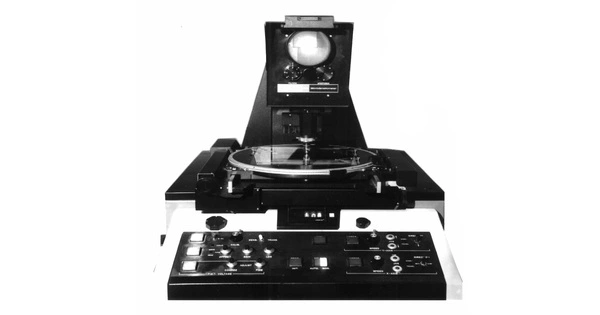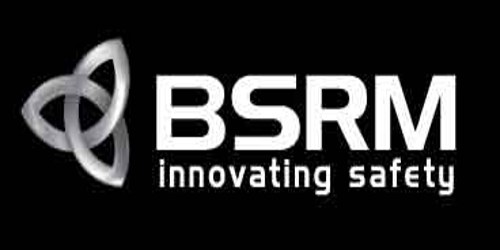A microdensitometer is a device used in scientific and technical applications to measure the density of photographic images at the microscopic level. It is an optical instrument used to measure optical densities in the microscopic domain. It is commonly used in fields such as astronomy, biology, materials science, and a variety of other disciplines where precise measurement of density variations in images is critical.
A granularity instrument, also known as a granularity machine, is a well-known microdensitometer used in the photographic industry. Granularity is measured using an optical aperture 10-50 micrometers in diameter and thousands of optical density readings. The standard deviation of this series of measurements is known as the granularity of the measured transmission surface, optical film, or photographic film, in particular.
The beam expanded laser microdensitometer is an alternative to the traditional point-by-point microdensitometer. In the micrometer regime, this instrument can simultaneously illuminate a few centimeters wide with an ultra thin height.
Here’s how a microdensitometer typically works:
- Light Source: The microdensitometer usually has a light source that illuminates the photographic material (such as a film or plate).
- Microscopic Scanning: It scans the image at a microscopic scale, recording variations in optical density. The amount of light that can pass through different parts of an image is related to its density.
- Photodetector: A photodetector or photosensitive element in the device converts the intensity of light into an electrical signal. The optical density of the scanned area is proportional to the signal strength.
- Data Output: After that, the electrical signals are processed and converted into digital data. The resulting data can be used to generate an image density profile that indicates variations in light absorption.
Analysis
Researchers and scientists can use the data obtained from the microdensitometer for various purposes, such as quantitative analysis of the density variations in the image, determining the concentration of substances in biological samples, or analyzing the characteristics of materials.
Advantages
Increased depth of focus, significant increases in data collection speed, and superior signal-to-noise ratios are among the benefits. This type of ultra-thin beam-expanded illumination is also known as light sheet illumination or selective plane illumination in microscopy applications. This measurement technique, which employs ultra-thin expanded laser beams, is particularly useful for detecting microscopic flaws in optical coatings or transmission optical surfaces.
Microdensitometers are useful tools in scientific research, particularly in disciplines requiring precise image measurement and analysis. They enable precise quantification of information that may not be visible to the naked eye, revealing information about the composition and structure of materials or objects captured in images.
















